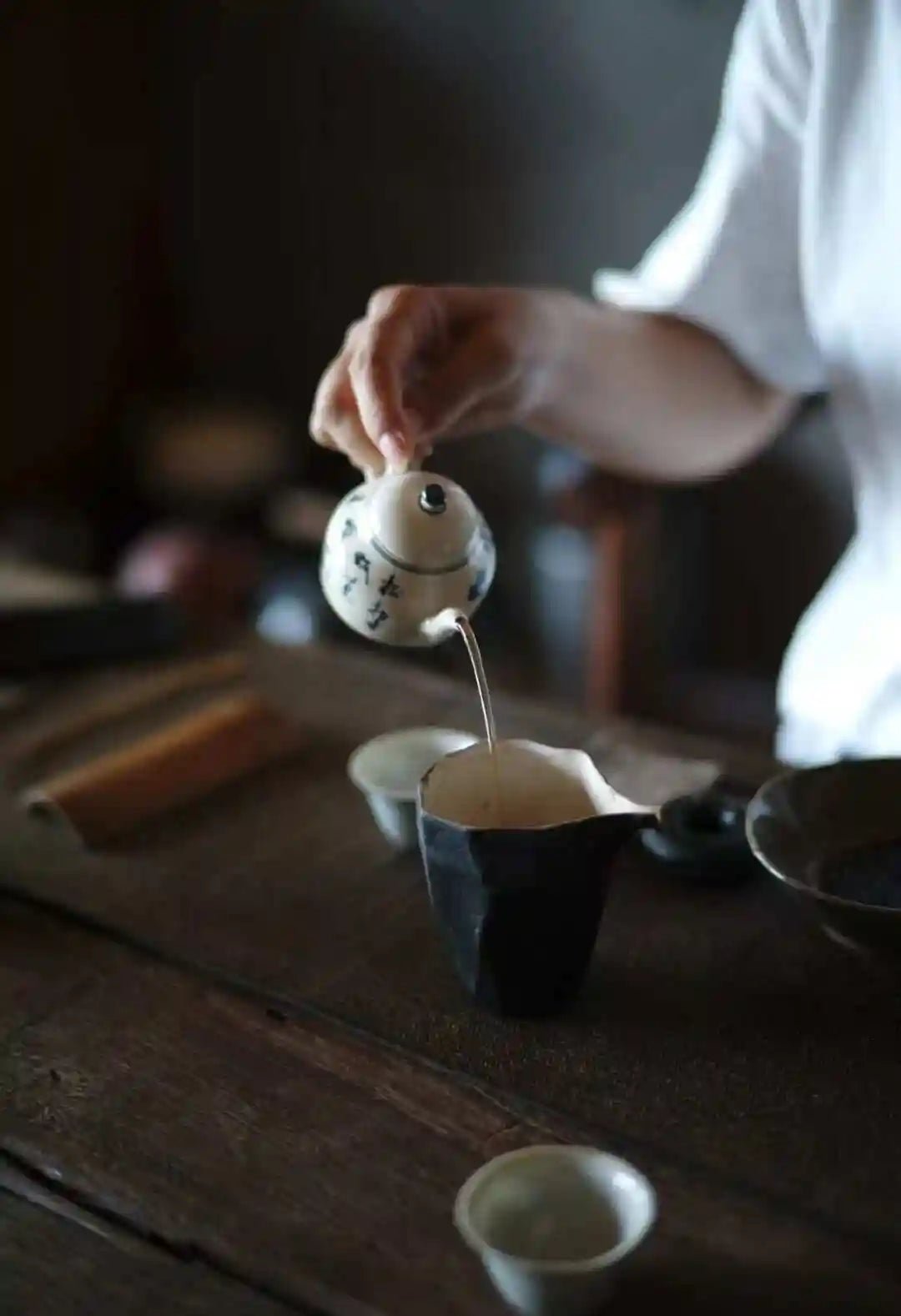
Why Is My Tea Cake Bitter? Causes & Solutions
Abstract
Bitter tea cakes are rarely due to poor quality—more often, it’s a result of improper brewing. This guide breaks down the top 3 causes (crushed leaves, low water temperature, over-steeping) and provides easy fixes to restore balance, helping you enjoy smooth, flavorful infusions.
Key Takeaways:
1. Crushed tea particles release excess bitter compounds (tannins, caffeine) quickly—pry intact flakes and use a strainer.
2. Low water temperature fails to extract sweet/aromatic compounds, leaving bitterness dominant—use 95-100°C water for most tea cakes.
3. Over-steeping (especially first infusions) lets bitterness build—start with short steeps (5-15 seconds) and adjust gradually.
1. Why Your Tea Cake Tastes Bitter: 3 Common Causes
Cause 1: Too Many Crushed Leaves & Dust
4. What happens: If you pry the tea cake into fine crumbs or powder, your brew will taste sharply bitter and astringent, with a cloudy appearance.
5. Why it works:
Crushed particles have more surface area, so they release tannins (astringency) and caffeine (bitterness) faster than whole leaves. Tea cakes are densely pressed—crushing them exacerbates this, as hard-to-extract bitter compounds in stems or thick leaves get forced out all at once.
Cause 2: Water Temperature Is Too Low
6. What happens: Using water below 90°C results in a weak, flat brew with lingering bitterness—aromas are muted, and sweetness is absent.
7. Why it works:
Tea cakes need high heat to penetrate their tight structure. Low temperatures fail to dissolve amino acids (sweetness) and aromatic oils, but still leach out some bitterness. The result? An unbalanced "bitter + bland" mess.
Cause 3: Steeping Too Long (Especially Early Infusions)
8. What happens: Letting the first 1-3 infusions steep for 20+ seconds creates a dark, harsh brew that coats your tongue and throat (often called "locking the throat").
9. Why it works:
Bitter compounds in tea cakes release later than sweet ones. Short steeps (5-15 seconds) capture brightness and sweetness; longer steeps let tannins and caffeine take over. Newcomers often over-steep to "get more flavor," but this backfires with compressed teas.
2. Fixes: How to Reduce Bitterness in Tea Cakes
Fix 1: Pry Intact Flakes & Strain Out Dust
10. Pry better: Use a wide-blade tea knife to split the cake along natural seams. Aim for flaky chunks (not powder)—insert the knife at a 45° angle, then lift gently (leverage, not force).
11. Strain thoroughly: Place a fine-mesh strainer over your cup/fair cup to catch crumbs. If you already have dust, do a quick 5-second rinse first to wash away loose bitter particles.
Fix 2: Boost Water Temperature
12. Raw Pu’er/Shoumei cakes: Use 95-100°C boiling water (penetrates dense leaves to balance sweetness and bitterness).
13. Ripe Pu’er/Fuzhuan: Use 100°C water (high heat dissolves rich, fermented notes that counteract bitterness).
14. Pro tip: Boil water, then let it rest for 30 seconds if using delicate old cakes (avoids "cooking" leaves), but never go below 95°C.
Fix 3: Shorten Steep Times (Especially Early On)
Follow this timeline to avoid over-extraction:
|
Tea Type |
1st-3rd Infusions |
4th-6th Infusions |
7th+ Infusions |
|
Raw Pu’er |
5-10 seconds |
10-15 seconds |
15-30 seconds |
|
Ripe Pu’er |
10-15 seconds |
15-20 seconds |
20-40 seconds |
|
Shoumei/Fuzhuan |
10-15 seconds |
15-25 seconds |
25-45 seconds |
15. Rule: Pour out all liquid immediately after steeping—no "letting it sit" in the vessel.
3. Bonus: When Bitterness Isn’t Your Fault
Rarely, bitterness stems from the tea cake itself:
16. Low-quality raw materials: Excess stems or old leaves (high in tannins) can cause persistent bitterness, even with perfect brewing.
17. Poor processing: Over-fermentation (ripe Pu’er) or under-oxidation (raw Pu’er) creates off-flavors.
18. Fix: Start with reputable brands (e.g., Menghai, Fuding Shoumei producers) to reduce this risk—their consistent processing minimizes harshness.
Final Tip: Taste as You Go
Brewing tea cakes is a balance—taste each infusion and adjust. If it’s bitter, shorten the next steep; if it’s too weak, add 5 seconds. With practice, you’ll learn to "ride the wave" of flavor, capturing sweetness and complexity while keeping bitterness at bay.
Remember: A little bitterness is normal (it’s part of tea’s character), but it shouldn’t overpower the brew. Follow these steps, and you’ll turn that bitter cup into a smooth, satisfying experience.
